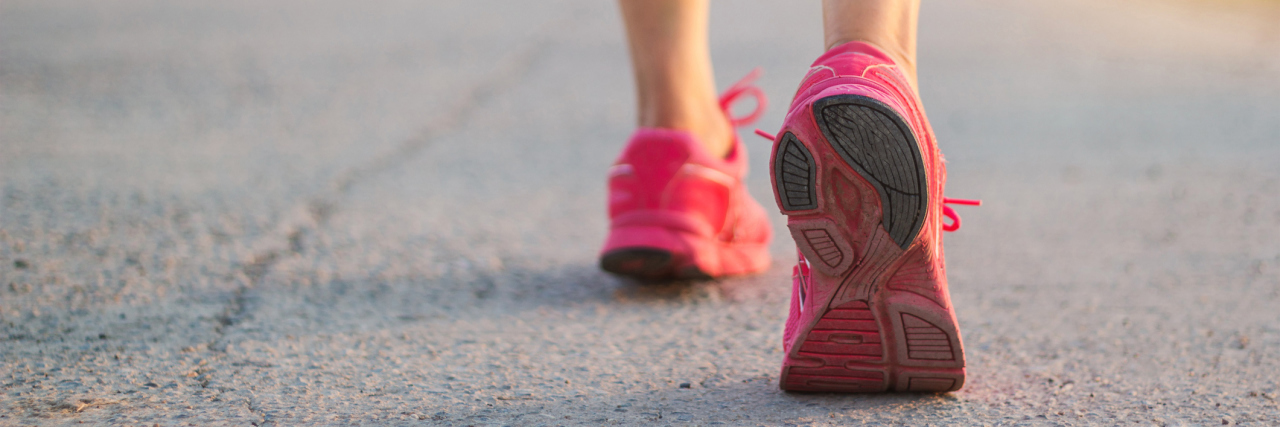Exercise is something we all need; however, according to the CDC, 80 percent of Americans are not getting enough exercise. Even though exercise is prescribed by doctors as an effective remedy for a wide variety off health issues, including anxiety and mental health issues, the vast majority of us, including myself, don’t enjoy exercise and thus don’t do it on a regular basis.
For most of my life, I felt like a misfit in the sleek exercise world. As a child I endured being the last chosen for either side of the team and the token goalie for all soccer games… only because I was physically large enough to block a large part of the soccer goal and by default was able to block the puck!
The years passed and as the weight mounted during my teen years and into adulthood, exercise became even more critical for my overall health. However, each time I would try to gear myself up to start exercising, my anxiety would kick in to the point I felt immobilized.
I tried everything from self pep talks, to enlisting pep talks from friends, to hiring a personal trainer to inspire me and more….
These approaches were only partially successful and the vast majority of time during my walks or exercise routines I would end up feeling very weepy and overcome internally with anxiety. Frequently, post workout I would cry and struggle with physical discomfort and pain – which I always attributed to the fact I was just overweight and out of shape.
It was not until I was diagnosed several years ago with an autoimmune arthritis and last year with fibromyalgia that I was able to start connecting the dots between exercise and real physical pain and discovered that with too little movement I would become worse and rapidly gain weight; however, with too much movement I would land in bed for a few days… unable to accomplish even simple daily tasks without severe pain.
Then, about three years ago, I started to suffer daily from disabling arthritis, chronic pain and periodic episodes of anxiety. Even though my body and mind desperately needed the positive effects of a regularly scheduled, feel-good, endorphin-producing workout, I could not for the life of me force myself to exercise because I knew unbearable pain was waiting for me at the finish line.
However, last summer while participating in a six-week, in-house program in Vermont, I learned to change my relationship with food and exercise!
Below are the three top ways I learned to combat and overcome my heart-pounding aversion to exercise!
1. Redefine exercise as movement.
We all move every day and I learned to find a daily pleasurable movement that works for my body. For me, some days my movement is only light stretching with my yoga strap or doing a few stretches while in the shower. On days when I am having less pain, I put on some upbeat music and drum on my fit ball. I now view everything from stretching exercises, drumming class to playing with my dog as movement and it has helped me to find small pleasurable ways each day to be more mobile.
2. Remember: “Your Pace is the Pace” (great saying from LynnAnn, one of the amazing fitness instructors).
When I am battling fatigue or some part of my body hurts, I allow myself to modify the movement to make it comfortable for me. For example, I will use a chair for drumming to avoid causing severe pain in my knees from standing too long.
3. Find a movement that makes you happy!
As a child, I never remember obsessing about how I was going to get enough exercise for the day. I just did the movements I naturally loved – like swimming, jumping rope and bike riding. Which looking back were all individual sports that allowed me to move at a pace that was healthy for my body. My new favorite movement is drumming. If you have never tried drumming, I would encourage you to check out Anne Poirier‘s virtual drumming classes.
Wishing you prosperity in your journey!
This post originally appeared on Tales From the Junk Food Aisle.
We want to hear your story. Become a Mighty contributor here.
Getty Image by ipopba

